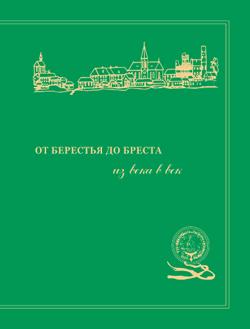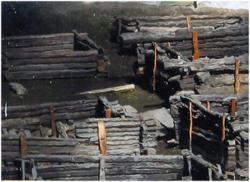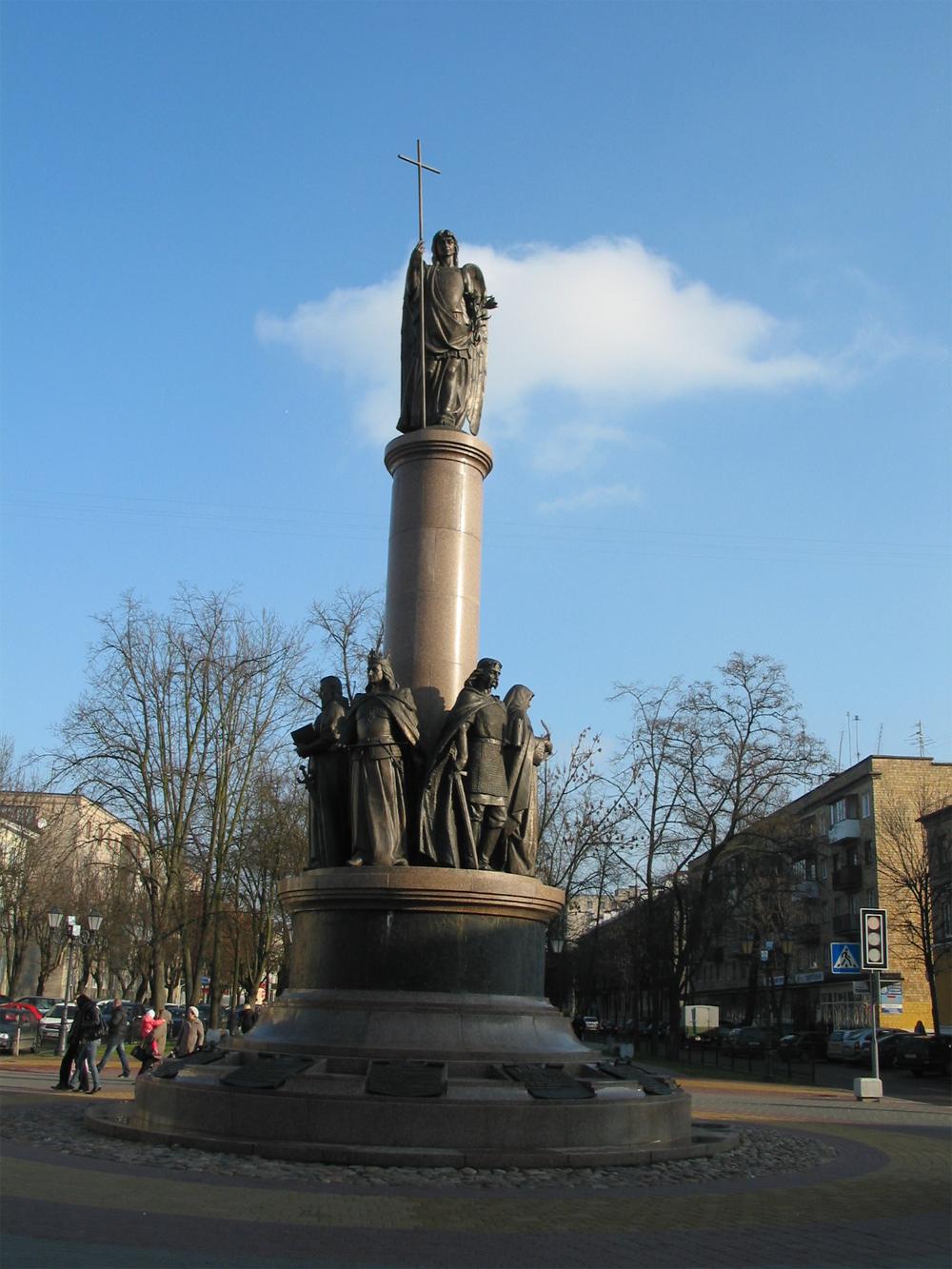A quick look at Brest: its history, landmarks, and cultural heritage.
Brest
 The first mention of ancient Berestye dates back to 1019. It is the third-oldest Belarusian city after Polotsk (862) and Turov (980). In the 13th century it was a settlement protected by earth ramparts with high wooden log walls. Monumental architecture began with the construction of a Christian church in honor of St. Peter. In the last third of the 13th century a stone castle with a donjon-type tower was erected. Ordinary urban buildings were wooden.
The first mention of ancient Berestye dates back to 1019. It is the third-oldest Belarusian city after Polotsk (862) and Turov (980). In the 13th century it was a settlement protected by earth ramparts with high wooden log walls. Monumental architecture began with the construction of a Christian church in honor of St. Peter. In the last third of the 13th century a stone castle with a donjon-type tower was erected. Ordinary urban buildings were wooden.
 For a long time scholars were unable to locate the detinets (inner citadel) of Berestye because the ancient earth layers were disturbed during the 19th-century construction of the Brest Fortress. The location of the ancient town was established by the Belarusian scholar P.F. Lysenko, who led excavations from 1969 to 1977 that produced invaluable historical material about the town and its inhabitants. The people of Berestye were Christians, could read and write, played chess, practiced various crafts including jewelry making, traded with northern Baltic and eastern cities, and engaged in animal husbandry, hunting, and agriculture. A unique archaeological museum, unparalleled in the world, has been created at the excavation site.
For a long time scholars were unable to locate the detinets (inner citadel) of Berestye because the ancient earth layers were disturbed during the 19th-century construction of the Brest Fortress. The location of the ancient town was established by the Belarusian scholar P.F. Lysenko, who led excavations from 1969 to 1977 that produced invaluable historical material about the town and its inhabitants. The people of Berestye were Christians, could read and write, played chess, practiced various crafts including jewelry making, traded with northern Baltic and eastern cities, and engaged in animal husbandry, hunting, and agriculture. A unique archaeological museum, unparalleled in the world, has been created at the excavation site.
In the 14th–16th centuries the town became a major trading center because it lay on the ancient trade route "from the Varangians to the Greeks".
In 1319 the land of Berestye was incorporated into the Grand Duchy of Lithuania; Berestye received the status of a principal town and developed rapidly. In 1390 it became the first Belarusian town to receive Magdeburg rights. Despite brutal military and political conflicts that repeatedly affected the town at different historical stages, it was always quickly rebuilt — the inhabitants were wealthy, enterprising, and hardworking. Economic success fostered cultural development. In 1550 the first printing house on the territory of Belarus opened in Berestye, where the first East Slavic musical collection "Songs of Divine Praise" was published, as well as a Bible (1563) translated from ancient Hebrew, Greek and other languages. In the 17th–18th centuries intensive stone construction took place in the town and large urban ensembles were formed, which were destroyed in the 19th century in connection with the construction of the Brest Fortress. The city suffered an irreplaceable cultural loss: the oldest stone structures were lost forever — the synagogue of 1411, the Gothic church of 1412, the churches and monasteries of the Bernardines and Poor Clares, the Jesuits, Augustinians, Basilians, Brigittines, Dominicans, Trinitarians, as well as many Orthodox churches, the castle, the town hall, palaces, urban buildings, ancient cemeteries, and others.
Countless wars, fires, and epidemics that swept Brest could have destroyed it, but it survived thanks to the courage and enormous will to live of its people, and entered world history. Four events testify eloquently to this.
In December 1409 the King of Poland Jogaila and the Grand Duke of Lithuania Vytautas met in Brest and planned the preparation for a great battle with the Teutonic Knights, which took place on 15 July 1410 at Grunwald. The victory over the Teutonic Knights in this greatest medieval battle halted the military-religious expansion and marked a turning point in the fate of the peoples of Eastern Europe, giving them the opportunity for free political and economic development.
From 6 to 10 October 1596 a church synod was held in the town, and on 9 October the Union of Brest was proclaimed, uniting aspects of Orthodoxy and Catholicism into a single church. The Uniate (Greek Catholic) Church subsequently played a significant role in the development of Belarusian culture and education.
On 3 March 1918 in the building of the White Palace the Brest Peace (Treaty of Brest-Litovsk) was signed by Russia, Germany, Austria-Hungary, Turkey and Bulgaria; this treaty became one of the determining factors in the development of world politics and 20th-century history.
On 22 June 1941 the Brest Fortress was the first in the USSR to be subjected to a massive assault by Nazi German forces. Its defenders continued to resist for more than a month and entered the history of the Second World War as heroes whose feat is unmatched.
Within the modern, industrially developed city there remain quarters whose development dates from the 19th to the first third of the 20th century. It is here that the most interesting architecture has been preserved.
For many centuries people of different nationalities and faiths lived side by side peacefully in Brest. The city has always been distinguished by traditions of diverse culture and tolerance. In Soviet times it was a gateway to a vast state — the USSR. Today Brest is one of the six regional centers of the Republic of Belarus with a population of about 300,000. About 40 kilometers from it lies the Belovezhskaya Pushcha National Park — a natural World Heritage monument — ancient, untouched primeval forests with the richest flora and fauna in Europe. The Viskuli government residence is located in the forest; it gained world fame after the 1991 agreement signed by Boris Yeltsin, Stanislav Shushkevich and Leonid Kravchuk to denounce the treaty on the creation of the USSR.
Many architectural monuments have been preserved in the environs of Brest, among them unique Romanesque-Gothic and Gothic-Renaissance structures, exquisite Baroque buildings, and noble estates set in old shaded parks.
The flat landscape of the Brest region is beautiful at any time of year. Thanks to the mild climate, apricots, peaches, grapes and other warmth-loving plants grow here outdoors, as well as exotic and rare trees whose native lands are many thousands of kilometers from Brest.
Valery Moroz
